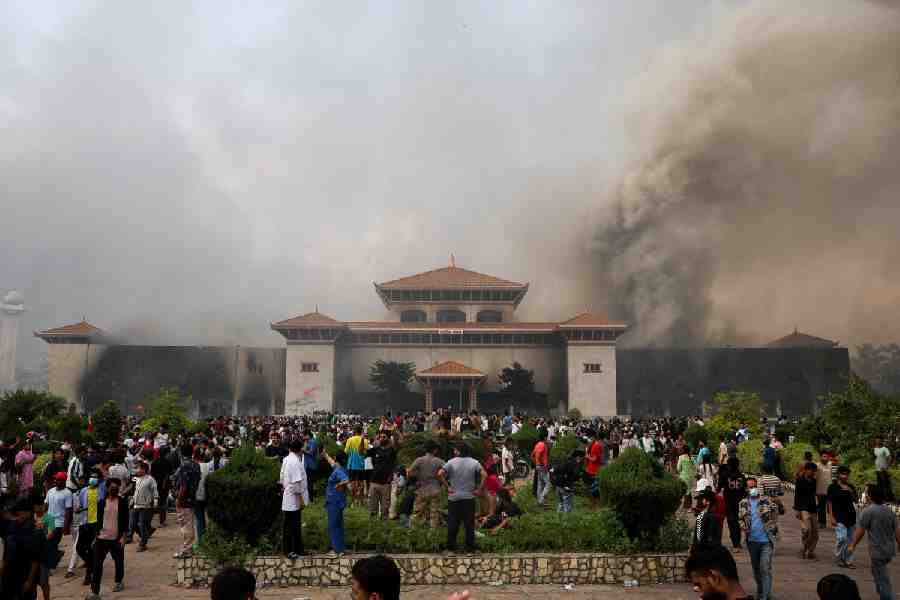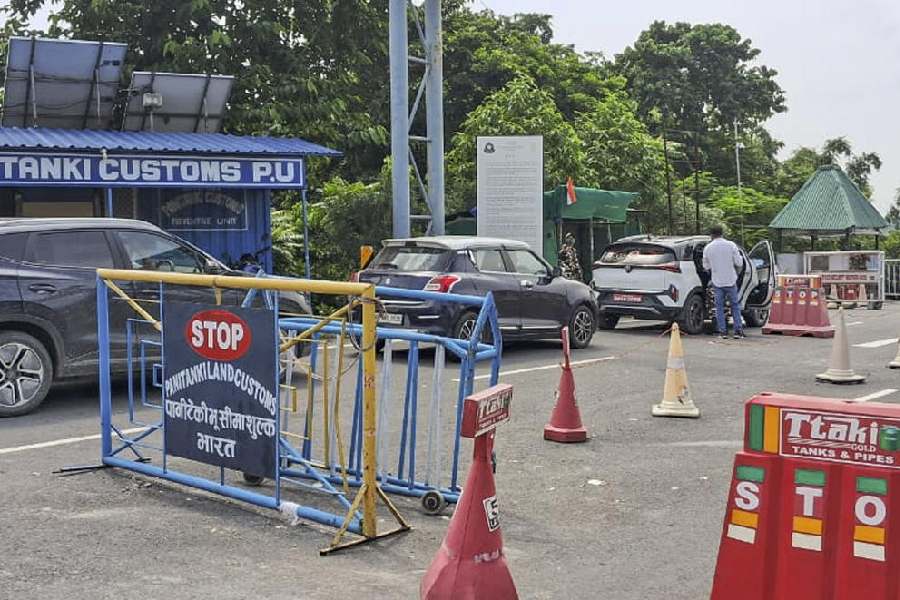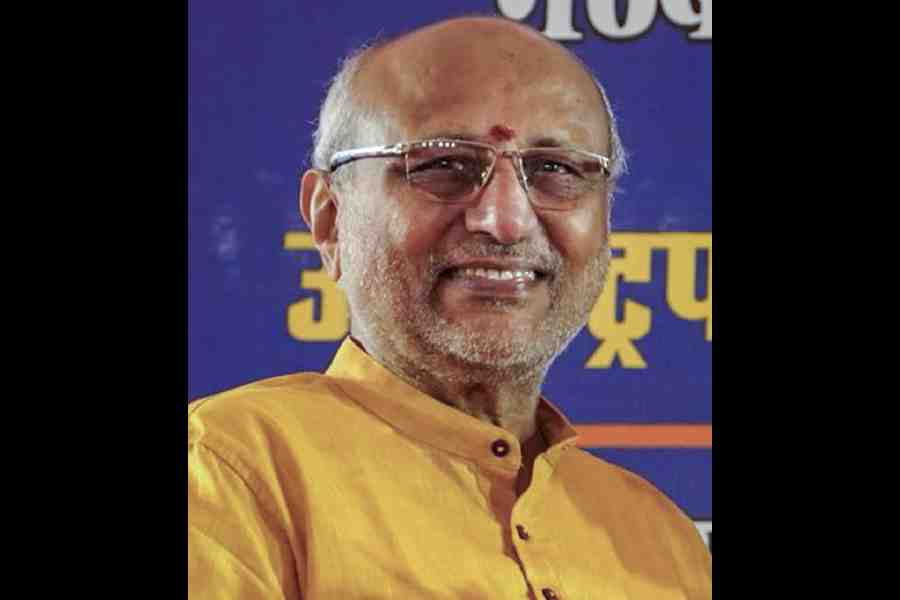 |
| Midway homes: Minors at a correctional centre in Bhopal (Reuters) |
Rajesh Singh was a little over 17 when he was charged with murder. By the time he could be produced in court, he was 18. A debate ensued between the contesting parties as to whether he should be treated as a juvenile offender since he was below 18 at the time of the incident or subjected to an ordinary criminal proceeding as the inquiry (case) started well after he turned 18.
Even though the Juvenile Justice (Care and Protection of Children) Act, 2000 specifies that the date of the crime is to be taken into consideration, various courts have interpreted it differently. But such ambiguity will be a thing of the past, thanks to the Supreme Court judgment passed last month. In a case of abduction, in which juveniles were involved, a five-member Constitutional bench of the Supreme Court has held that ?The appropriate date for determining the age of the offender is the date on which the offence is committed and not the date on which he is produced before the authority or court.?
This, in effect, means that juvenile offenders will continue to be treated as minors even after they have crossed 18, the age which the Act specifies as the cut-off point. They will be tried in a juvenile court and punished accordingly. ?The idea is to subject them to a less rigorous punishment and provide for their reform and rehabilitation since they were not mature at the time of the crime,? explains criminal lawyer Joymalya Bagchi.
But this has led to a strange situation since, in most cases, there are delays. In the case of Souvik Bhowmik alias Prince, for instance, it was because of the absence of a judge. Charged with a murder along with four others way back in 1988 when he was just 16, Prince?s fate still hangs in the balance. Being a minor, he was sent for trial to the juvenile court but for Prince it turned out to be a never-ending wait.
He is now 32 but is being treated like a minor by the law. ?There can?t be a bigger travesty of justice than this. The purpose of placing such cases under the Juvenile Justice (Care & Protection of Children) Act, 2000 was to put them through correctional measures. But there are many like Prince who are, in fact, languishing in jail for years,? says Rabi Shankar Chatterjee, Prince?s lawyer.
He points out that certain grey areas in the Act are responsible for this sorry state of affairs. The first is the time period for completion of the ?inquiry?. The Act says: ?Provided that an inquiry under this section shall be completed within a period of four months from the date of its commencement, unless the period is extended by the Juvenile Justice Board having regard to the circumstances of the case??? This gives the Board considerable leeway since the period of extension hasn?t been specified. Consequently, cases are dragging on for years, defeating the very purpose of the Act.
But the Supreme Court judgment also clears the confusion on the age of a juvenile. According to the Juvenile Justice Act, 1986, it used to be 16. It was raised to 18 by the Juvenile Justice (Care and Protection of Children) Act, 2000 that came into effect from April 1, 2001. The revision had led to further confusion for there were hundreds of pending cases where the age of the accused was above 16 but below 18 which made them juveniles under the new Act. ?This was a tricky situation for now you had one set of juveniles who were being treated as adults and another group which stood to gain under the new Act. That has now been corrected,? explains Bagchi.
It says that if the crime was committed before April 1, 2001 and the age of the accused was either 18 or below as on that date, then he/she will be treated as a juvenile. The cases will continue in ordinary courts but the verdict will be delivered by the Juvenile Justice Board.
But this blanket rule has again led to an ?incongruous situation?, according to experts. ?There will obviously be cases where the accused was below 18 at the time of the offence but will not be treated as a juvenile for they had crossed that age on April 1, 2001,? says Chatterjee.
There should be a clear-cut guideline on this. Either the case has to be dropped if the verdict can?t be delivered while the accused is still a juvenile. Or, the Act should specify if the person has to be sent to a home or a jail,? argues barrister Arijit Banerjee.
The Act mentions that ?juveniles in conflict with law? should be kept in observation homes, special homes or places of safety but not a police lock-up or jail even while the trial is on. But generally, they are sent to ordinary jails. ?This is a blatant violation of the law. Even though the Act makes it mandatory, the law-enforcing agencies haven?t cared to draw up a list of such homes. As a result, they are clubbed with other criminals,? feels Bagchi.
And unless these wrinkles are ironed out, the new Supreme Court verdict will fail to deliver what the Act promises: alternatives for rehabilitation and reintegration of the delinquent juvenile.










